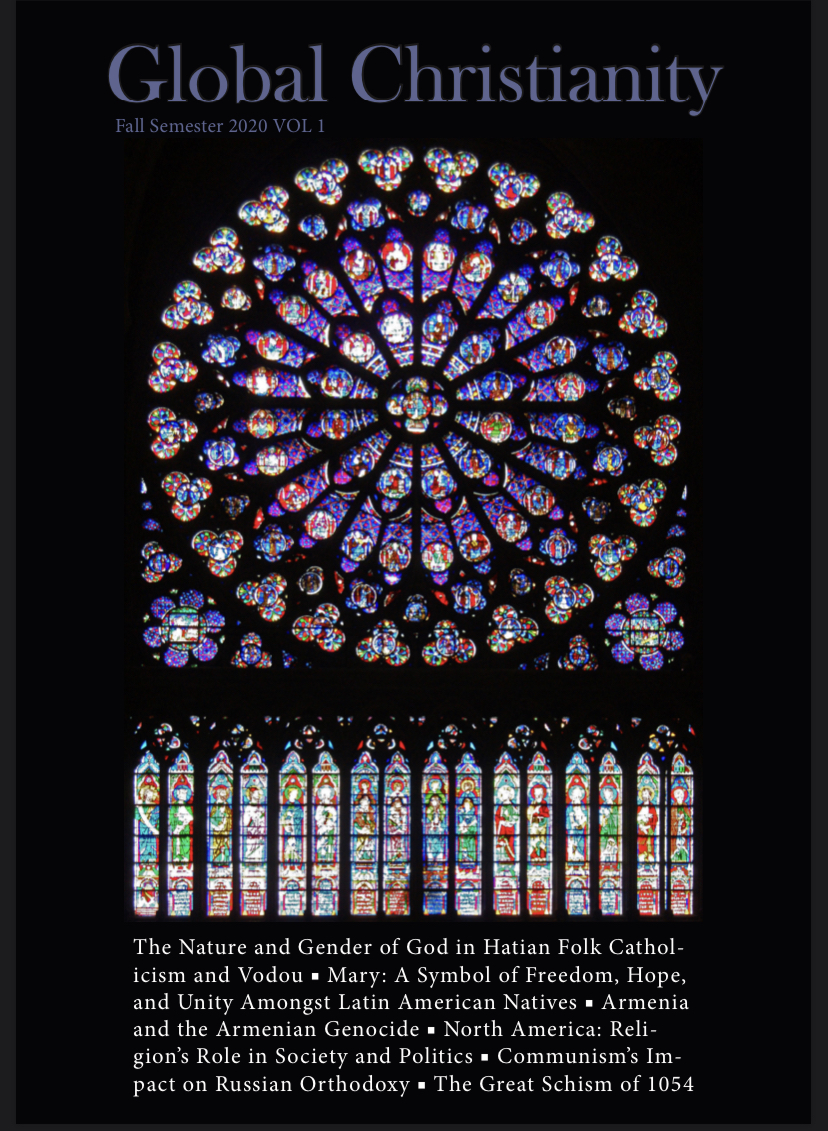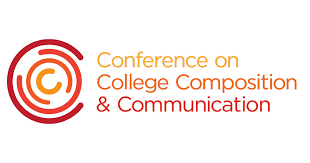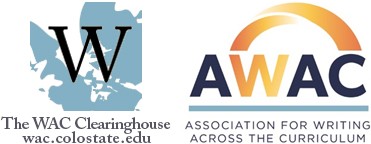Moving Past the Term Paper: Innovating Disciplinary Writing Assignments
Recognizing a moment for change

This past spring, D’Arcus found himself, like all of us in the Miami community, having to reevaluate his course design. The COVID-19 pandemic brought in-person meetings of his Global Change and Sustainable Futures class (GEO 211) to an abrupt end. Students were left uncertain about how the rest of the semester would unfold. For D’Arcus, the situation recalled teaching through such indelible events as 9/11 and the 2010 Deepwater Horizon oil spill. Just as then, D’Arcus now felt it was important to understand what students were thinking. He posed the question to the class: Do we carry on studying as we were, or do we focus on what we’re living through now together?
Students voted for the latter, and so began D’Arcus’s changes. He knew writing would play a pivotal role going forward. Given the focus of his course, D’Arcus wanted to help students process the pandemic through a geographic lens. He also wanted students to use their expertise to explain the situation to a public in need of information. By asking students to collaborate on a website, D’Arcus was choosing a form of writing in which they could “demonstrate what they were learning about geography, and also about writing, to a broader audience, including their family, friends, and future employers.” Their research and writing would respond usefully to the moment.
Kenworthy’s change in writing instruction preceded the pandemic (Fall 2019 semester) and followed his own reflections on his course design. History of Christian Thought (REL 233) was a course that Kenworthy felt wasn't working as well as it used to. So, he decided to re-design it with a more contemporary and global focus to address student interests. There could be no meaningful curricular change, Kenworthy knew, without change to the course’s writing assignments. So he met with Elizabeth Wardle, Director of the Howe Center for Writing Excellence. They discussed his pedagogical goals and talked about how term papers can be an “artificial kind of thing” that students seldom use after they submit them.
“[Wardle] was trying to challenge me,“ Kenworthy said, “to think about a genre where it’s in the real world. And that’s how I came up with this idea of magazines.” A magazine like National Geographic, a popular publication filled with pages of accessible, interesting, and informative writing. Kenworthy believed such a model could help get students “writing to an audience and not just writing to [him] and for a grade.”
Learning goals supporting writing goals

A key difference between the traditional “term paper” and the writing projects D’Arcus and Kenworthy assigned is that preparing a class magazine or class website is inherently a team-oriented task. Yes, specific articles and webpages fell on individuals; however, students understood they were writing toward a larger, collaborative project. Kenworthy’s students aimed to illustrate the current global status of Christianity. D’Arcus’s students hoped to explain the COVID-19 pandemic from a geographic perspective. To write toward those shared visions, students needed to learn with shared vision.
Kenworthy used a presentation assignment early in the semester to get students thinking and writing from a global perspective. He grouped students in small teams that researched issues related to the Christian world in North America, South America, Asia, Africa, and the Middle East. Through the presentations, students were able to share the regional perspectives they acquired and also listen to the regional perspectives acquired by others. It was those class periods of presentations, like meetings of a magazine’s editorial board, that spurred individual articles.
D'Arcus's team-based approach to learning proved tailor-made for a collaborative writing project like the Geography of COVID-19 website. D’Arcus assigns groups based on specific world geographies and students work together throughout the semester to help each other understand how “issues play out in different parts of the world in different ways.” So as students wrote individual webpages focused on country-specific responses to the pandemic, they knew they would have the insight and support of their team members who were writing about neighboring countries in the same region.
Setting clear writing expectations
For the Geography of COVID-19 website to work, D’Arcus needed to help students get comfortable writing for the web. He explained that web writing should be concise. They should keep a popular audience in mind, imagine they were trying to inform family and friends. He encouraged students to think back to a pre-pandemic blog post assignment where they wrote “in a more popular vein compared to an academic, more formal vein.” D’Arcus also reminded his students of the web’s multimedia affordances. They could use charts and images to support their writing and rely on visual hierarchies to organize information. Students prepared their draft webpages in Google Docs and D’Arcus monitored the writing. To streamline feedback, he identified recurring issues and shared examples of what successful writing looked like.
Kenworthy, too, went to great lengths to set clear writing expectations for his students. The class magazine, Global Christianity, ended up being closely modeled after the real-world magazine: Christian History. He printed several back issues from the website and asked students to analyze the writing style and consider how the publication could resonate with an “interested lay audience.” Kenworthy contacted the editor of Christian History directly, and he found she was eager to help. She provided students with the magazine’s author guidelines for language and style. “The prompt was the actual guidelines for the magazine,” Kenworthy said, which was a productive way of getting students to negotiate the rhetorical demands of writing for an audience and genre that exist beyond the classroom.
Producing the final product

When teachers move away from the “term paper” like D’Arcus and Kenworthy, logistics are a primary challenge. Teachers need to design a carefully scaffolded drafting process. “The biggest learning [curve for me] was just being able to understand the steps.” Kenworthy said.
When it came time to bring the individual articles together and build the issue, Kenworthy gave students roles on an editorial board. Some were responsible for copy-editing. Others for editing style. One team curated images for the articles and the issue’s cover. Another assembled the final layout using design software. In this way, Kenworthy professionalized the typical peer review experience. The quality of the issue depended on students being able to critique each other’s work with the magazine’s theme, style, and final production in mind.
D’Arcus found that the key to a smooth website production process was to work in Google Docs until the very end, when the content was ready to be posted online. Docs offered ample opportunities for collaboration and peer commenting. For building the website, D’Arcus kept things simple by staying in G Suite with Google Sites. Sites allowed him to set a uniform theme and structure, which kept pages visually consistent as students worked on them all independently.

The Geography of COVID-19 website and the Global Christianity magazine issue stand as impressive examples of class collaboration, critical thinking, and disciplinary writing in real-world genres for multiple audiences beyond the classroom.
According to D’Arcus and Kenworthy, most students were glad to work outside the typical confines of a term paper. While both instructors are encouraged by the results of their assignments, they also caution not to move away from the term paper just for the sake of it. As D’Arcus said, “You want to think about what you're trying to achieve, what the outcome would be. Then, backtrack and figure out what's the best approach to getting there.”
Faculty Writing Fellows like D’Arcus and Kenworthy learn how to use writing to inform learning in their disciplinary courses. Learn more about the program and how to apply as a departmental team by visiting miamioh.edu/hwac/faculty-writing-fellows.
Howe Writing Across the Curriculum Programs
The mission of the Howe Writing Across the Curriculum Programs is to ensure that all Miami faculty and graduate teaching assistants can effectively include writing as a means to support learning in their courses and programs.


